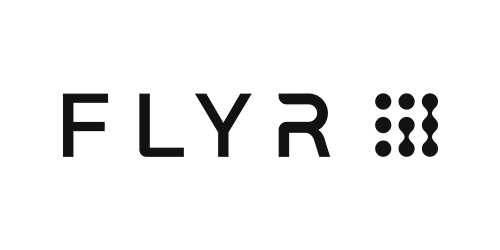FLYR reduces cycle times by 23% with DX
4x + return on investment in DX

FLYR Labs builds AI tools to help airlines and travel companies optimize pricing and forecast demand. Delivering predictive solutions at scale requires fast, efficient workflows—making the platform engineering team’s role critical. To meet the demands of this fast-paced environment, the team needed to eliminate bottlenecks and streamline development processes.
Traditional metrics like DORA lacked the depth to pinpoint inefficiencies. “We needed a way to identify high-value problems to solve,” says Nathan Toups, Director of Platform Engineering. “DORA metrics by themselves just weren’t cutting it.” This challenge drove Toups to explore solutions for measuring developer experience, as a complement to DORA metrics.
FLYR selected DX as their solution due to its ability to combine system metrics like DORA with rich developer experience data that surfaces specific bottlenecks. “The qualitative piece makes a huge difference,” Toups notes. “There’s a lot of context that can’t be captured with just system-based metrics.”
Leveraging insights from DX, FLYR reduced pull request cycle time by 23% within 12 months by accelerating code reviews and feature delivery. This improvement directly translated to shorter time-to-market and smoother development processes. “DX allows us to apply product thinking to platform engineering,” says Toups. “We can measure impact and ensure we’re solving the right problems.”
As FLYR grows, DX remains central to its engineering strategy, helping the team drive impactful changes and build a scalable developer experience.


